BMW i8 Roadster is a genuinely innovative take on electric transport
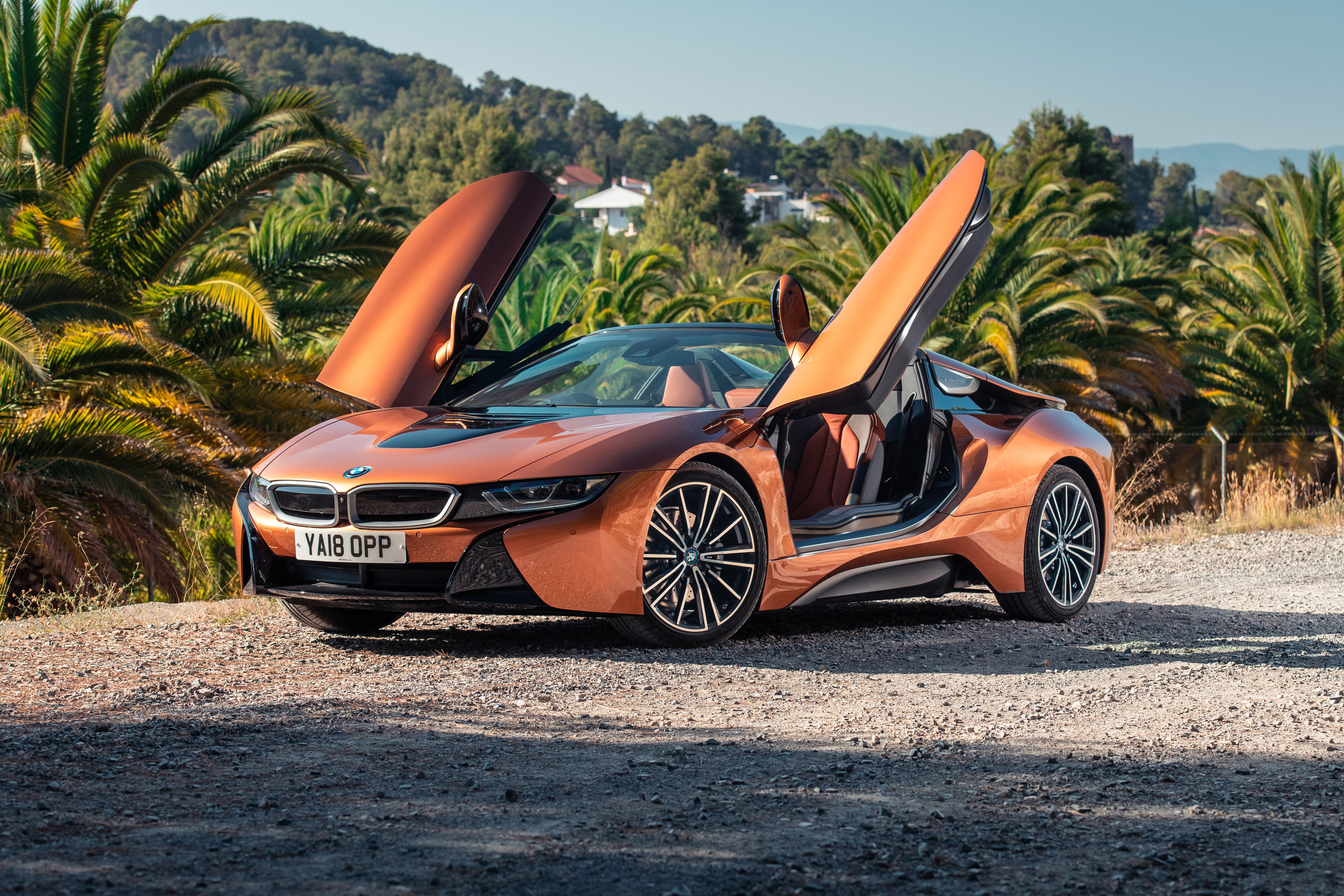
BMW's original i8 study car was an exciting proposition. Teased first as Concept Vision EfficientDynamics in 2009, then three years later as the i8 Concept Spyder, this performance hybrid-electric was fresh, exploratory, a touch avant-garde. It previewed fresh possibilities in the vehicle architecture and automotive form language and genuinely felt like the gateway to a new form of mobility.
The production car that followed a year later continued the progressive narrative – the design remained raw, offering an even more visceral impact when taken to the open road. The wild Scottish Highlands, where the car was originally launched, could not have been a more perfect setting for this mix of intellectual tech product and wild beast.
Initially, BMW kept production numbers conservatively low to test the market, and the i8 was only offered with a fixed coupé roof. The public took to the car, for it offered something truly novel – a combination of super power, radical looks, BMW rationality – and the plug-in hybrid tech eliminated battery-range anxiety. To top it all, the i8 attracted the sort of demographic group marketing departments only dream of; athletic-looking professionals in their mid-30s, 40s.
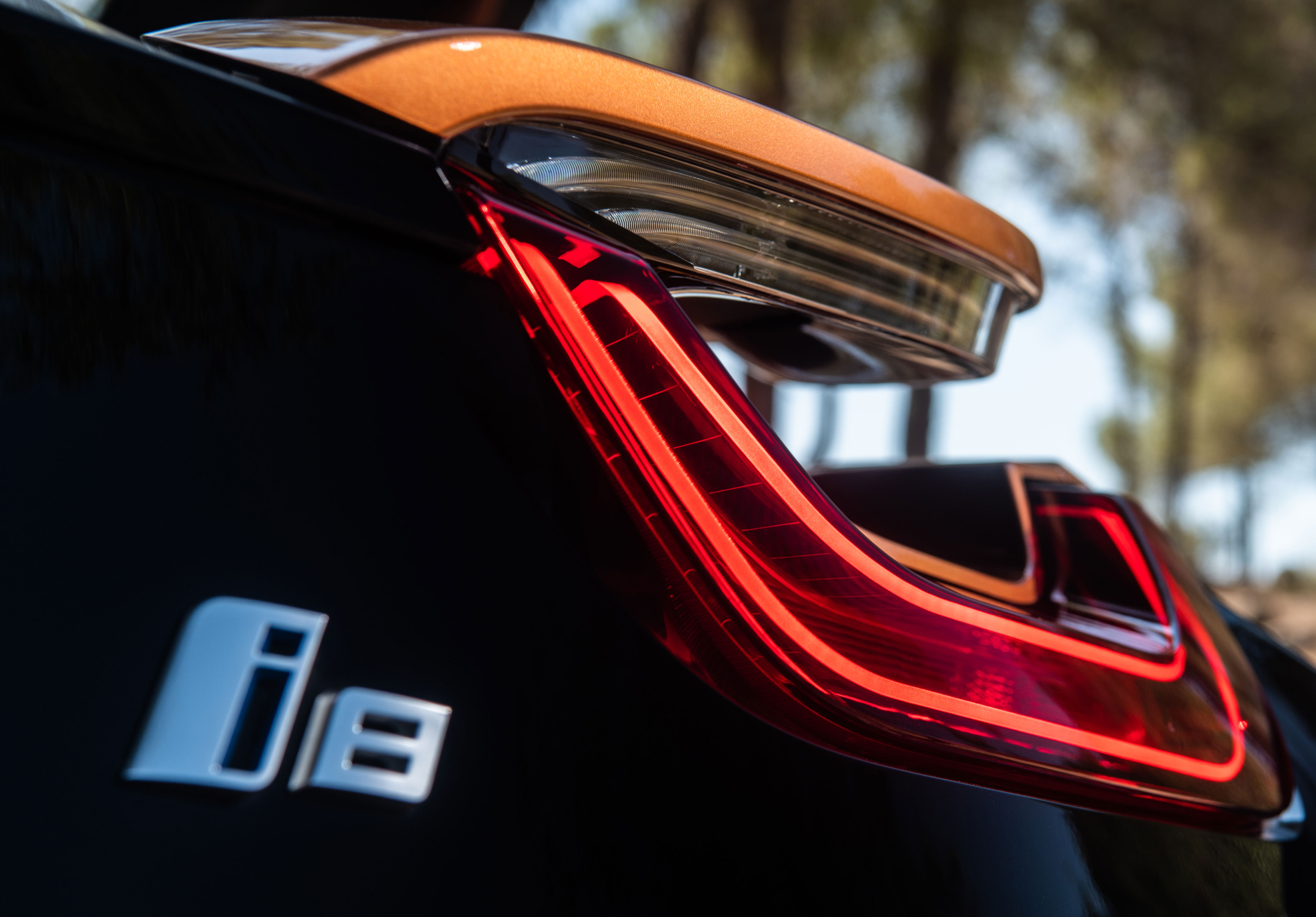
With this new-found confidence – and with the added incentive of Tesla making driving electric even more desirable – the i8 has now reach the point of its mid-life makeover. Most importantly, the car now comes as an open-top two-seat i8 Roadster, a design that evokes the spirit of that first concept Spyder.
Put to the test, the Roadster is an accomplished product in so many ways. To start with, the i8 Roadster is hugely fun to drive. The relatively small width – when compared to your average supercar – makes it surprisingly breezy to manoeuvre even through the twistiest roads. Power comes from a turbocharged three-cylinder engine – a small mid-mounted 231bhp petrol engine that drives the rear wheels through a six-speed automatic gearbox, with an enhanced 143bhp electric motor powering the front wheels. Sixty-two miles an hour is reached in just 4.6 seconds, and the enthusiast in a legislatively suitable spot can take the i8 to a limited 155mph, safe in the knowledge that spare kinetic energy will ultimately go towards charging the on-board battery. In built-up areas, the electric motor takes over for a smooth silent emission-free ride. In EV mode the i8 can cover up to 33 miles, and the battery is chargeable in just 4.5 hours. Overall, CO2 emissions are only 46g/km. It feels like very much a win-win situation.
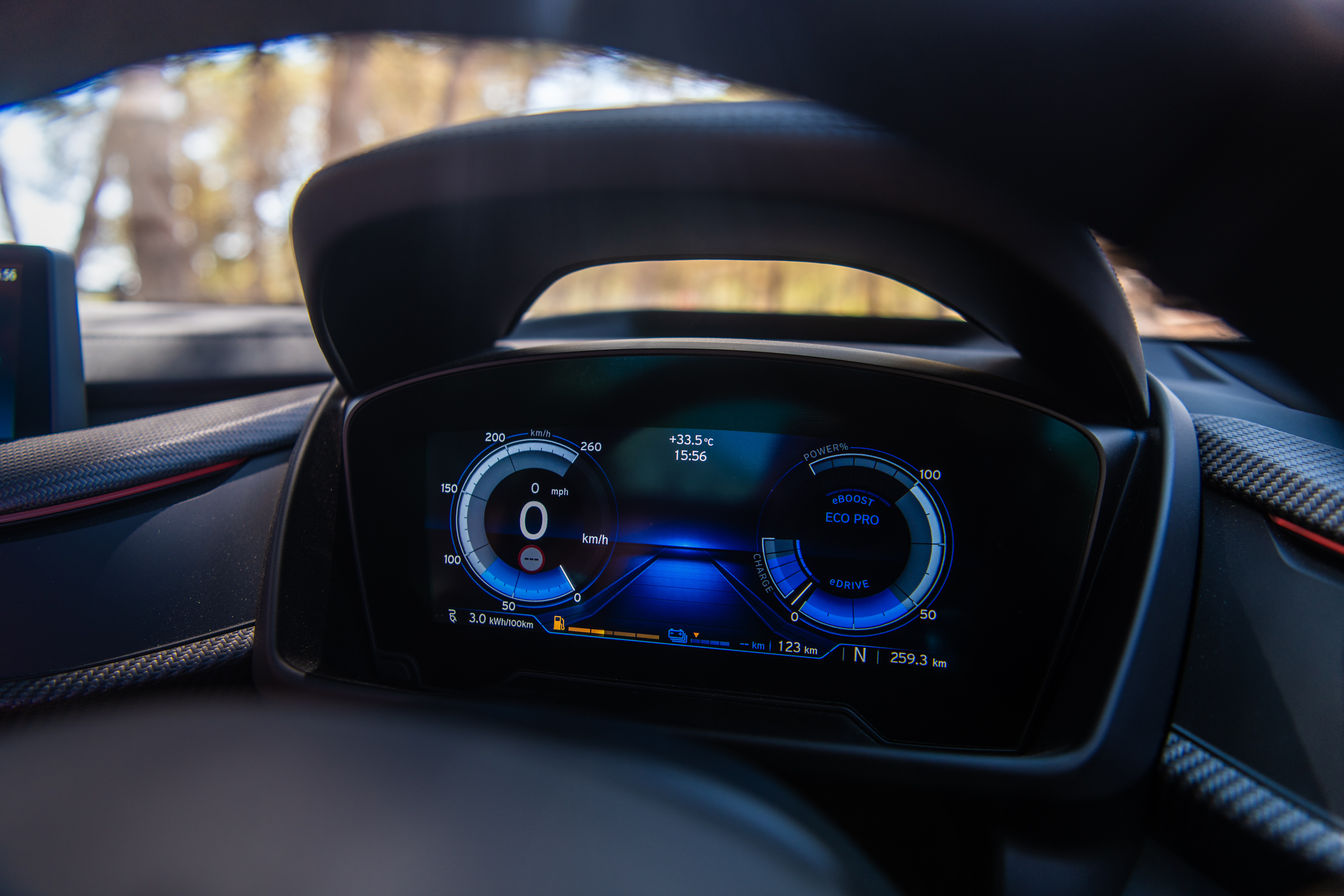
Nimble weight and aerodynamics play a huge part in this wizardry, with the car weighing just under 1,600kg. The ‘LifeDrive' structure forms the basis of all BMW i cars, consisting of a full carbon-fibre underpinning structure with agile aluminium sculpture on top. The design expresses this lightweight theme. On the Roadster, the subtle wing doors are frameless, and the folding roof keeps the streamline silhouette of the Coupé, lowering electronically in only 15 seconds and while travelling at up to 31mph. Opening the fabric roof raises the rear window automatically by around 30mm, reducing air turbulence inside the cabin. The mechanism is clever too, as the soft-top roof folds vertically into three-segments in the rear, taking up minimal space and leaving an additional 100 litres of storage capacity between the roof box and the seats, and 88 litres of extra space at the back.
The i8 facelift is modest. There are new u-shaped headlight and taillight design, as well as new front air intakes. New paint options include the E-Copper metallic and Donington Grey metallic combined with accents in Frozen Grey metallic. The wheel design is new too – 20-inch lightweight-alloys in a W-spoke design, which can now be specified in a range of new colours.
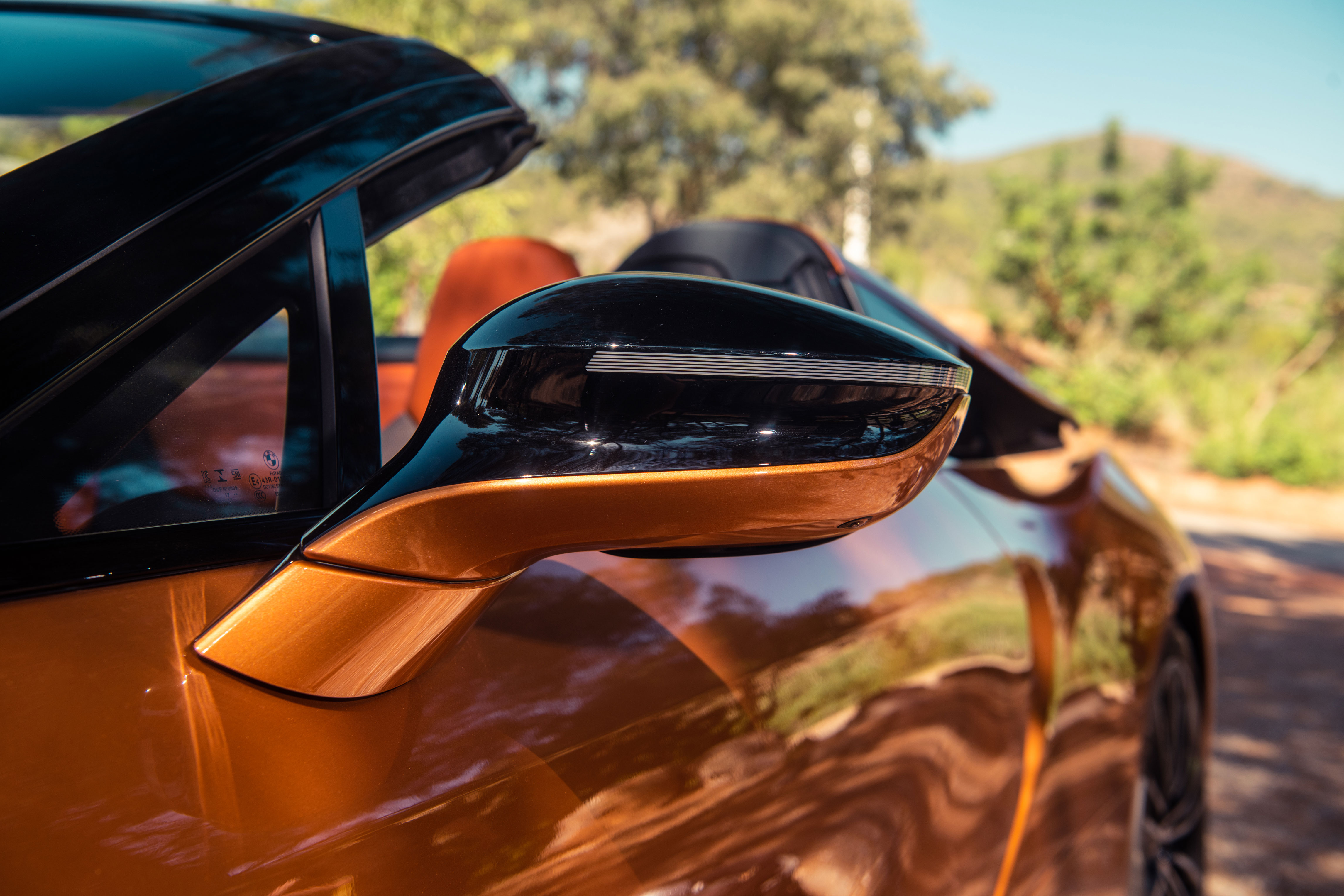
The folding roof occupies rear passenger space, so unlike the i8 Coupé which can sit four, the Roadster is strictly a two-seater. It is roomy though inside with lots of clever storage spaces. The cockpit is very much driver-focused which works well for a performance car, the dashboard remains uncluttered and a combination of digital interface and mechanical driving elements. The i8 we are driving offers the typical combination of premium automotive materials of leather and aluminium, although it feels like a missed opportunity not to explore alternative, more sustainable expressions of luxury – like fabrics that appeal to the vegan generation – but we suspect BMW is holding onto introducing these when they reveal their upcoming autonomous model.
BMW is fully committed to electrification. The marque’s i Ventures, a sub-brand of sorts, is busy with its discovery of eco-systems to support this next stage of BMW automobiles, with the company envisaging 25 electric powered models in the family by 2025. So far, we have seen two cars emerge from the i-brand, and both the i3 and i8 have revealed a genuinely inventive approach to electrification. As consumers become ever-more at ease with the notion of electric driving, it will be interesting to see how BMW aims to take its i cars to the next level. For now, the i8 Roadster we are driving does not compromise on design, on comfort, convenience or performance. In these early days of electric driving, this car is enough of a non-conformist to stand out.
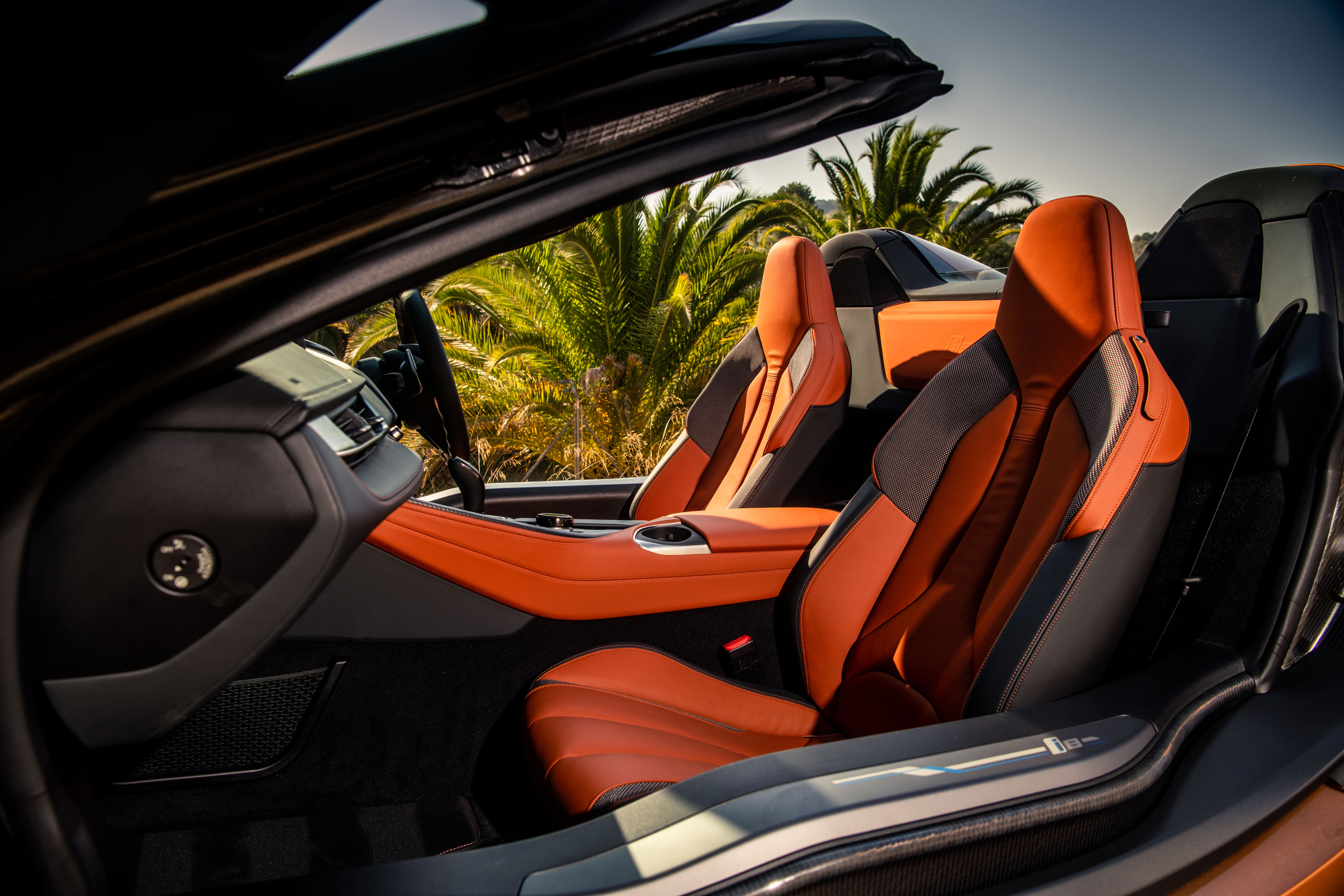
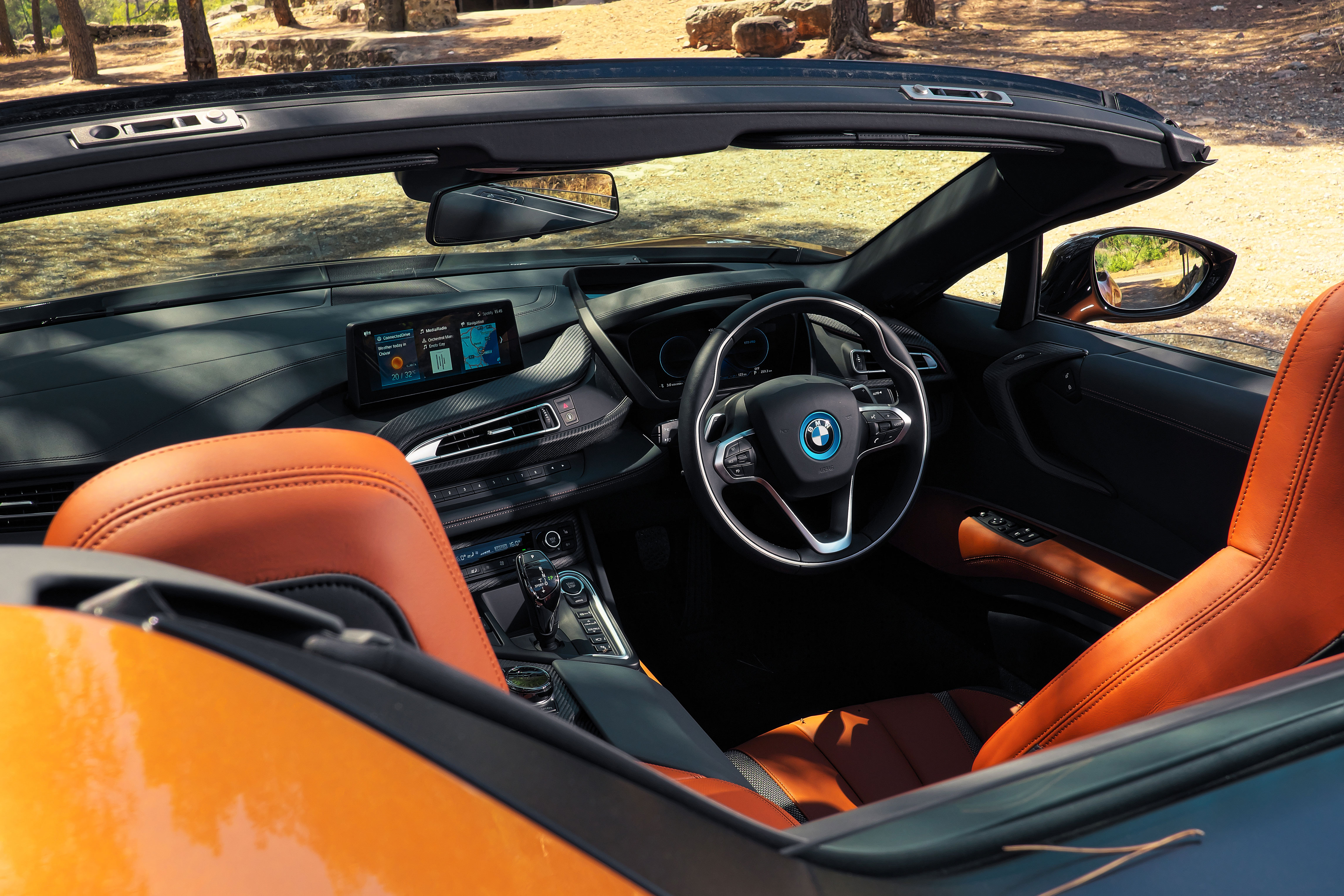
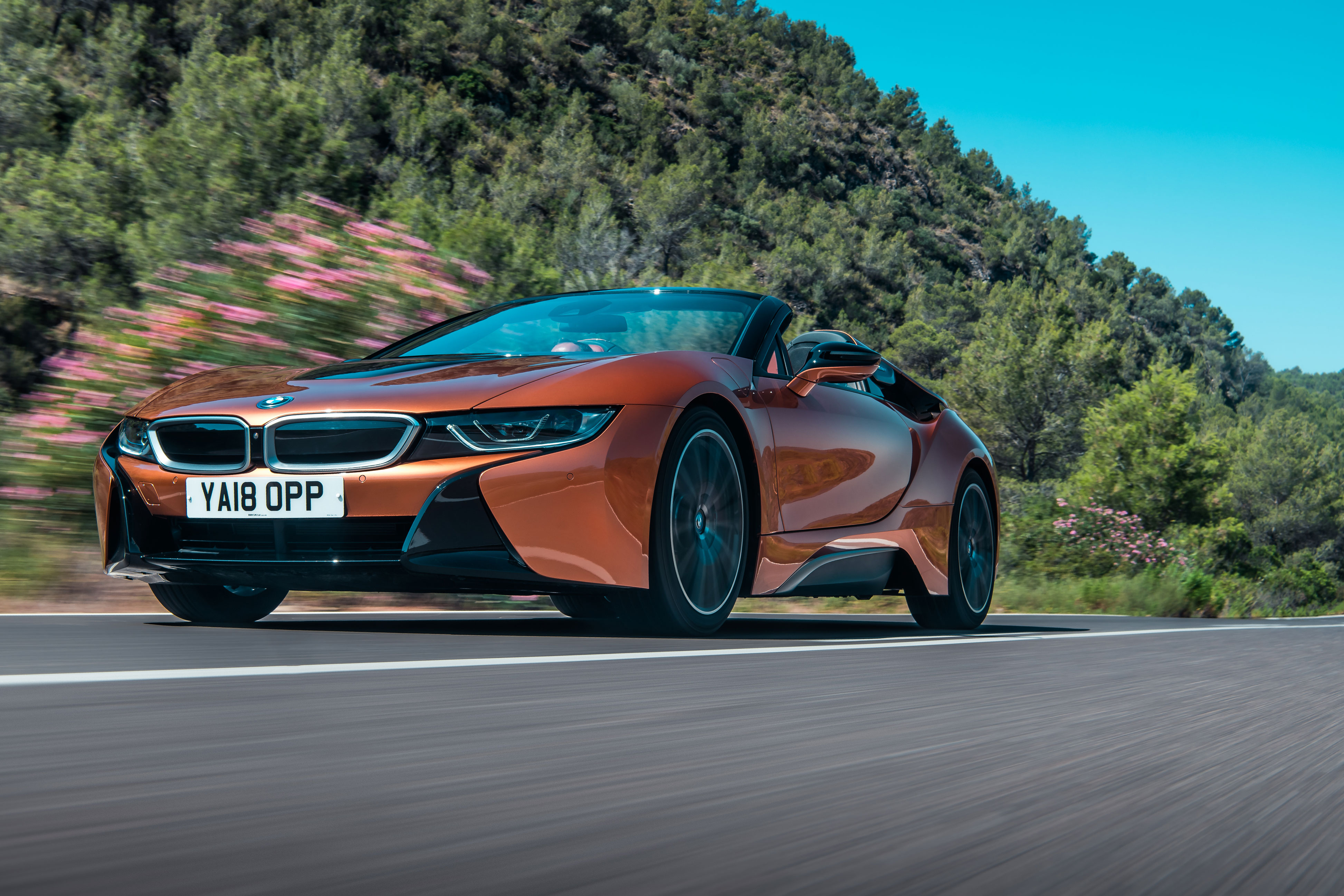
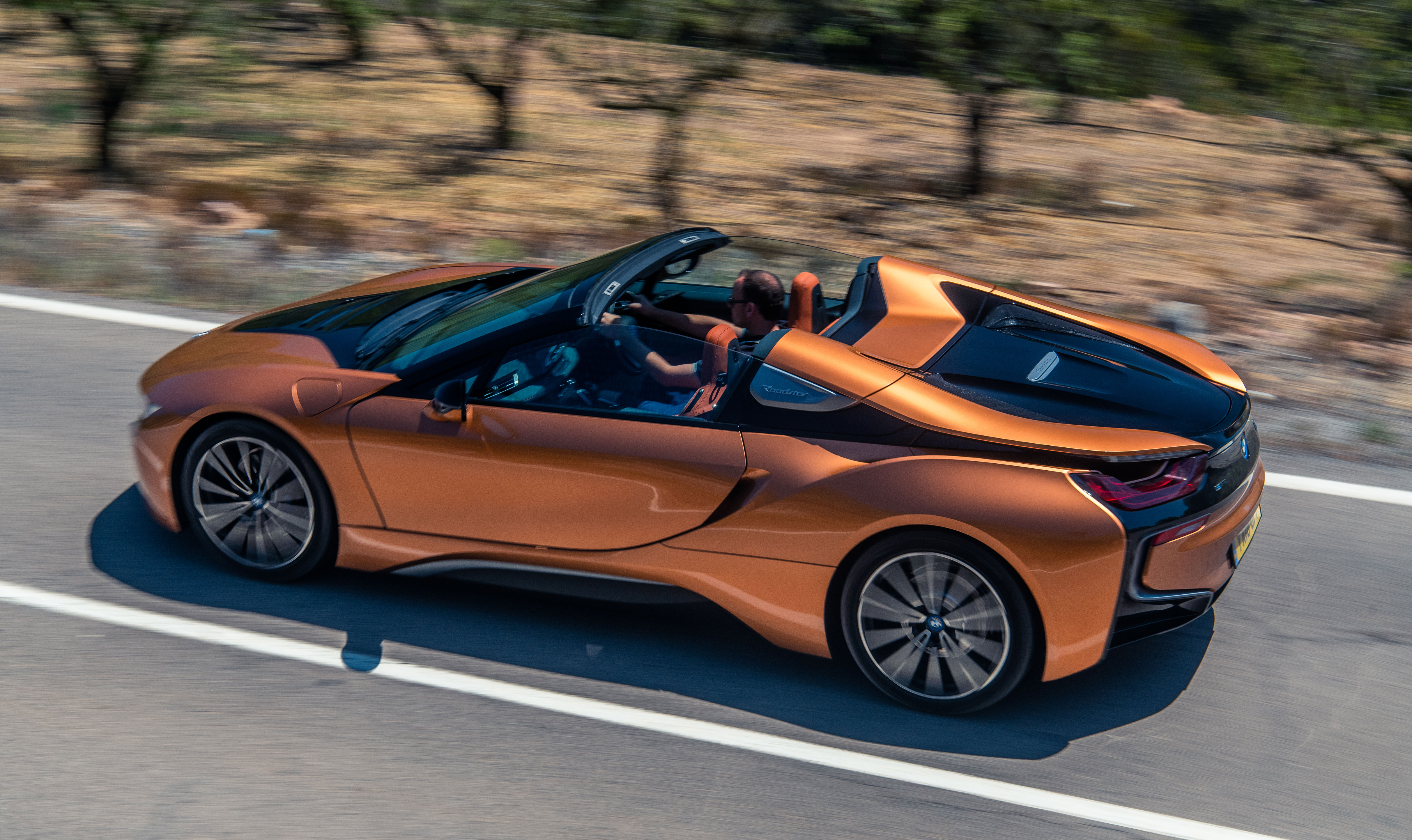
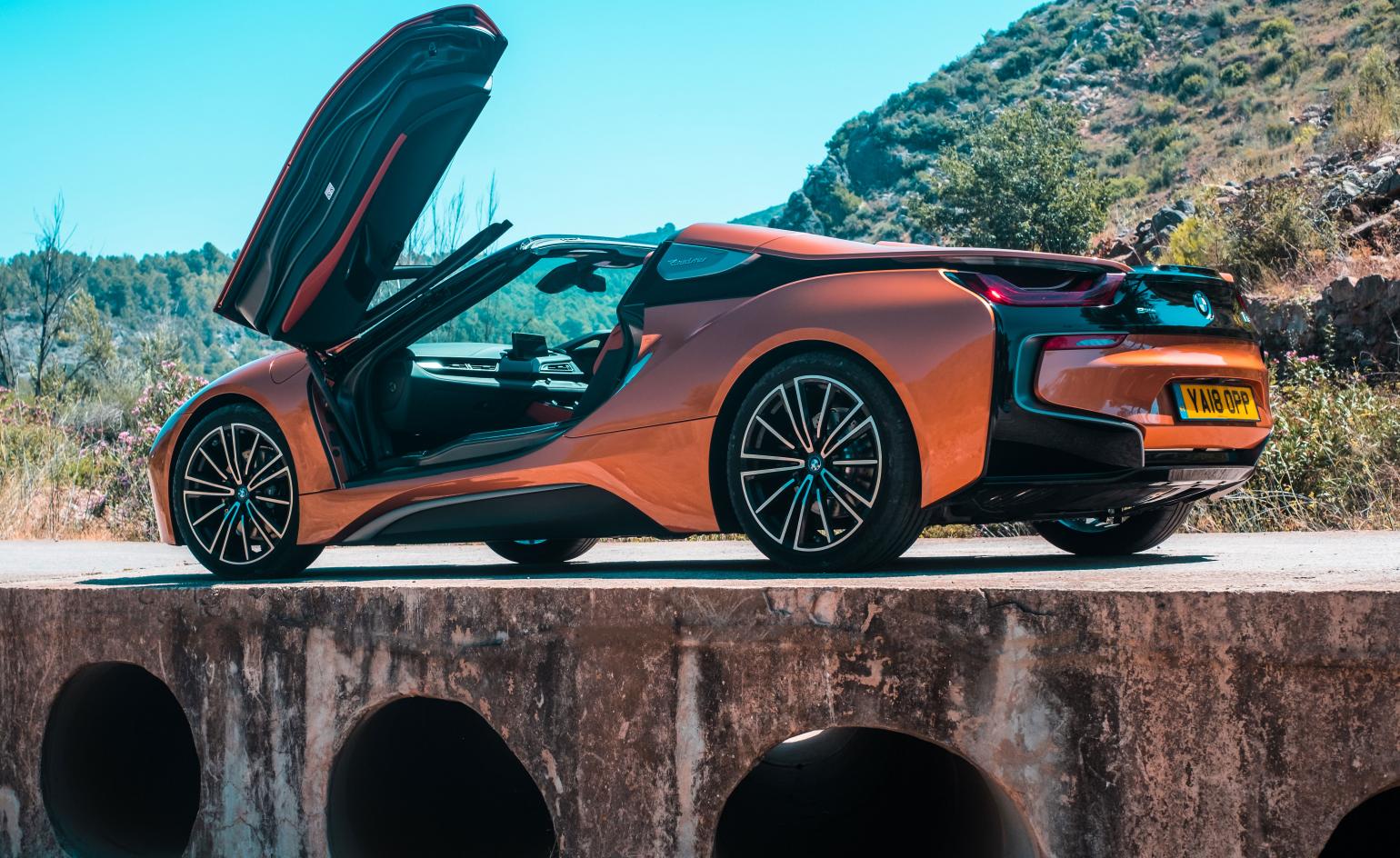
INFORMATION
BMW i8 Roadster, from £124,735. For more information, visit the BMW website
Wallpaper* Newsletter
Receive our daily digest of inspiration, escapism and design stories from around the world direct to your inbox.
A writer and editor based in London, Nargess contributes to various international publications on all aspects of culture. She is editorial director on Voices, a US publication on wine, and has authored a few lifestyle books, including The Life Negroni.
-
 A Venice sneak peek into the new Fondation Cartier pour l’art contemporain by Jean Nouvel
A Venice sneak peek into the new Fondation Cartier pour l’art contemporain by Jean NouvelA new home for Fondation Cartier pour l’art contemporain by Jean Nouvel will open later this year in Paris; in the meantime, the Venice Architecture Biennale 2025 offered the perfect platform for a sneak preview of what's to come
-
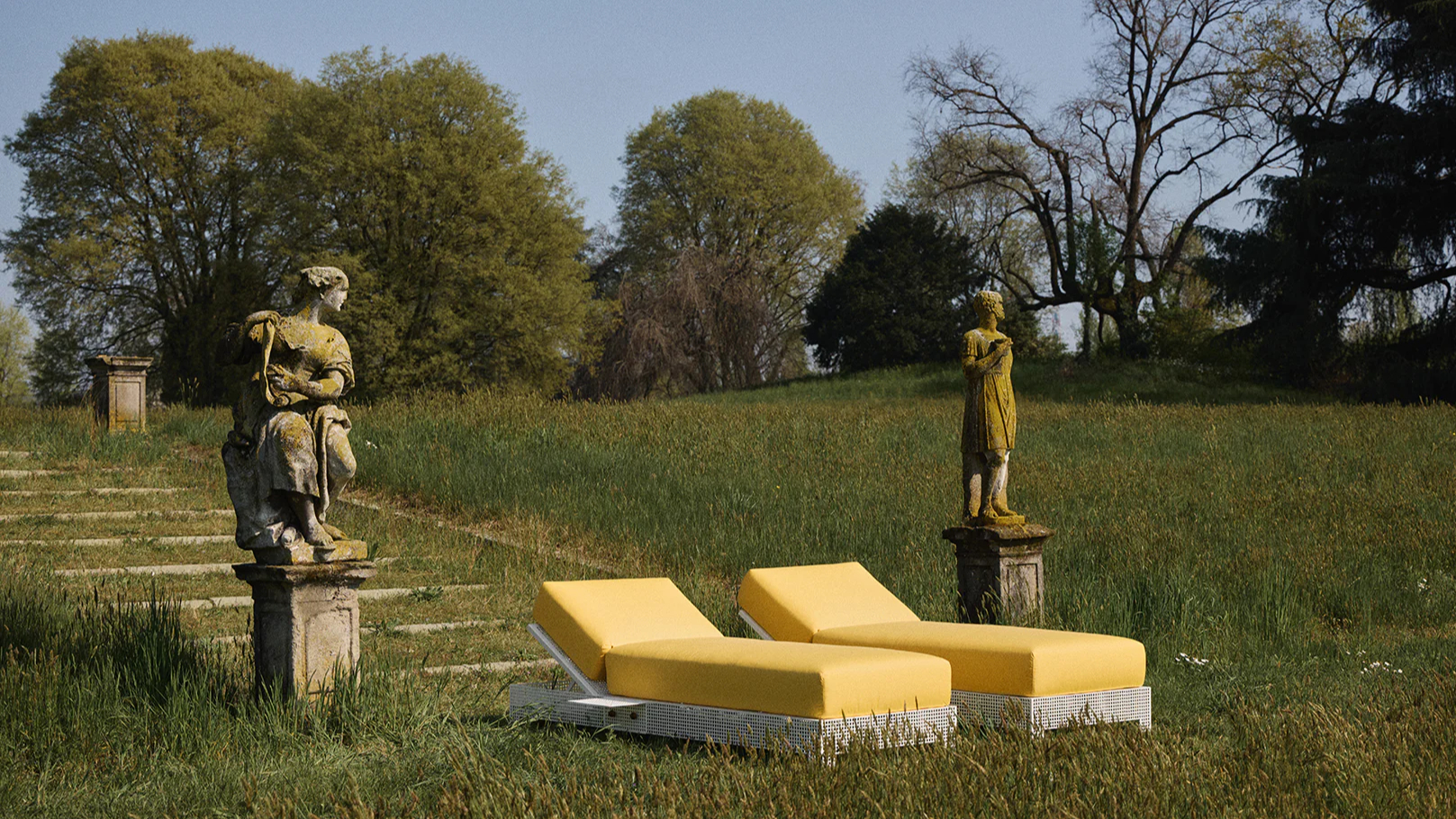 Let's go outside: ten outdoor furniture ranges we love
Let's go outside: ten outdoor furniture ranges we loveOur round-up of outdoor furniture brings together work by leading designers and studios, blending contemporary forms with enduring materials designed to elevate open-air living
-
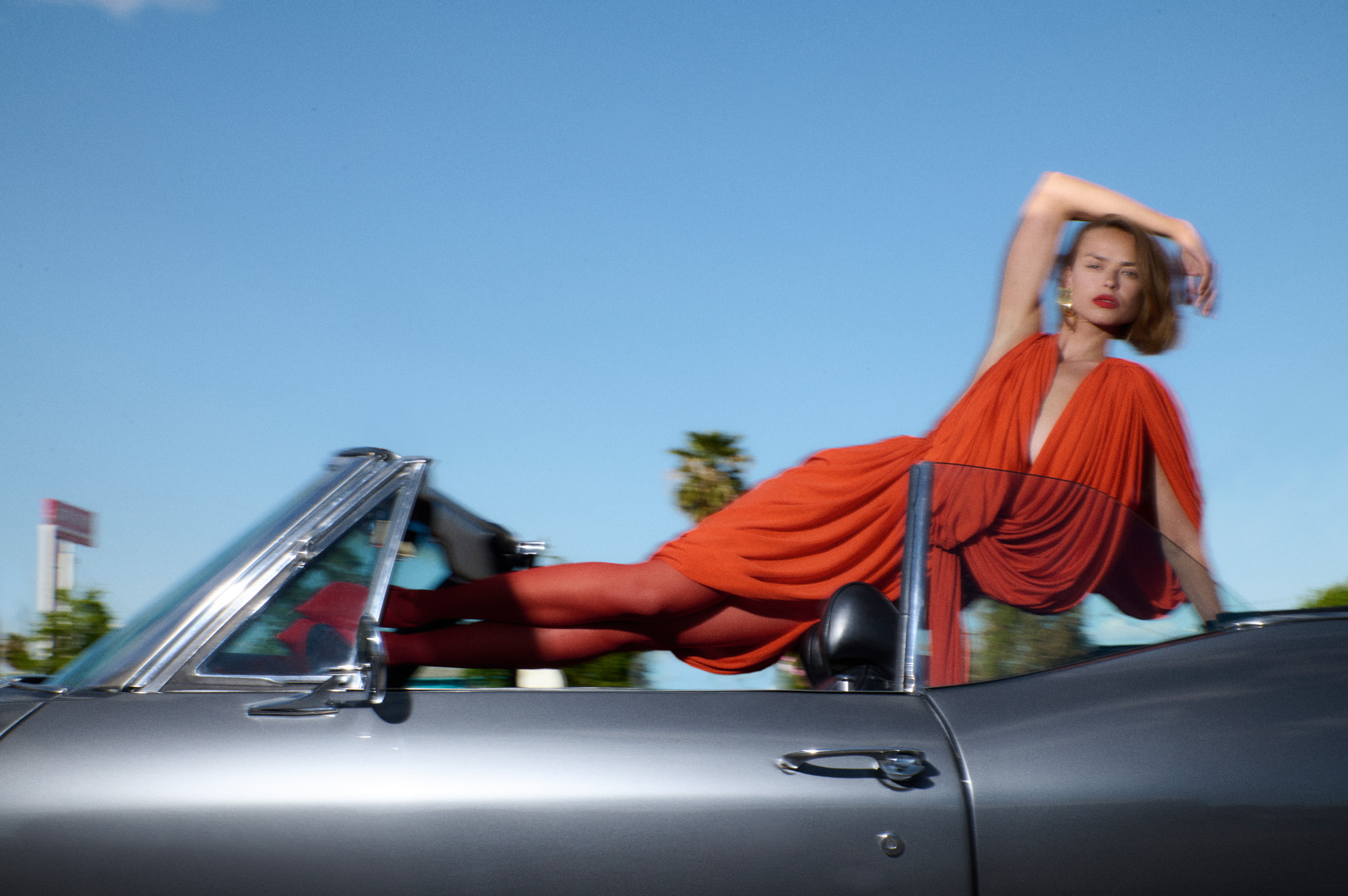 Viva Las Vegas: the story behind the Wallpaper* June 2025 cover shoot
Viva Las Vegas: the story behind the Wallpaper* June 2025 cover shootPhotographer Theresa Marx and Wallpaper* fashion and creative director Jason Hughes recount a whirlwind day in Las Vegas – from cruising down the strip to controlling the Bellagio fountains
-
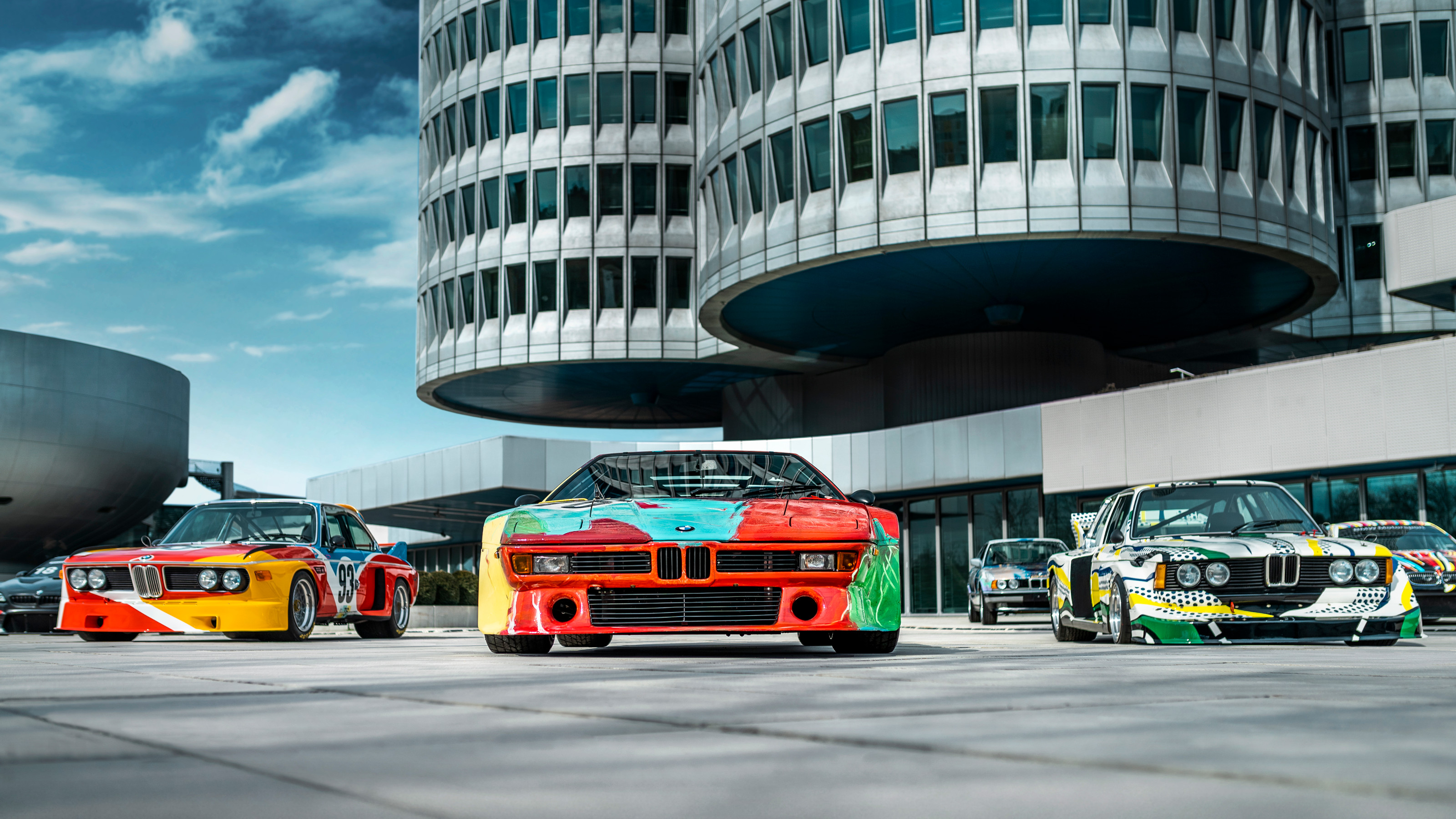 BMW celebrates half a century of its pioneering Art Car project with exhibitions and more
BMW celebrates half a century of its pioneering Art Car project with exhibitions and moreWe present a portfolio of the artists who have contributed to 50 years of BMW Art Cars, including Andy Warhol, John Baldessari, Jenny Holzer and David Hockney
-
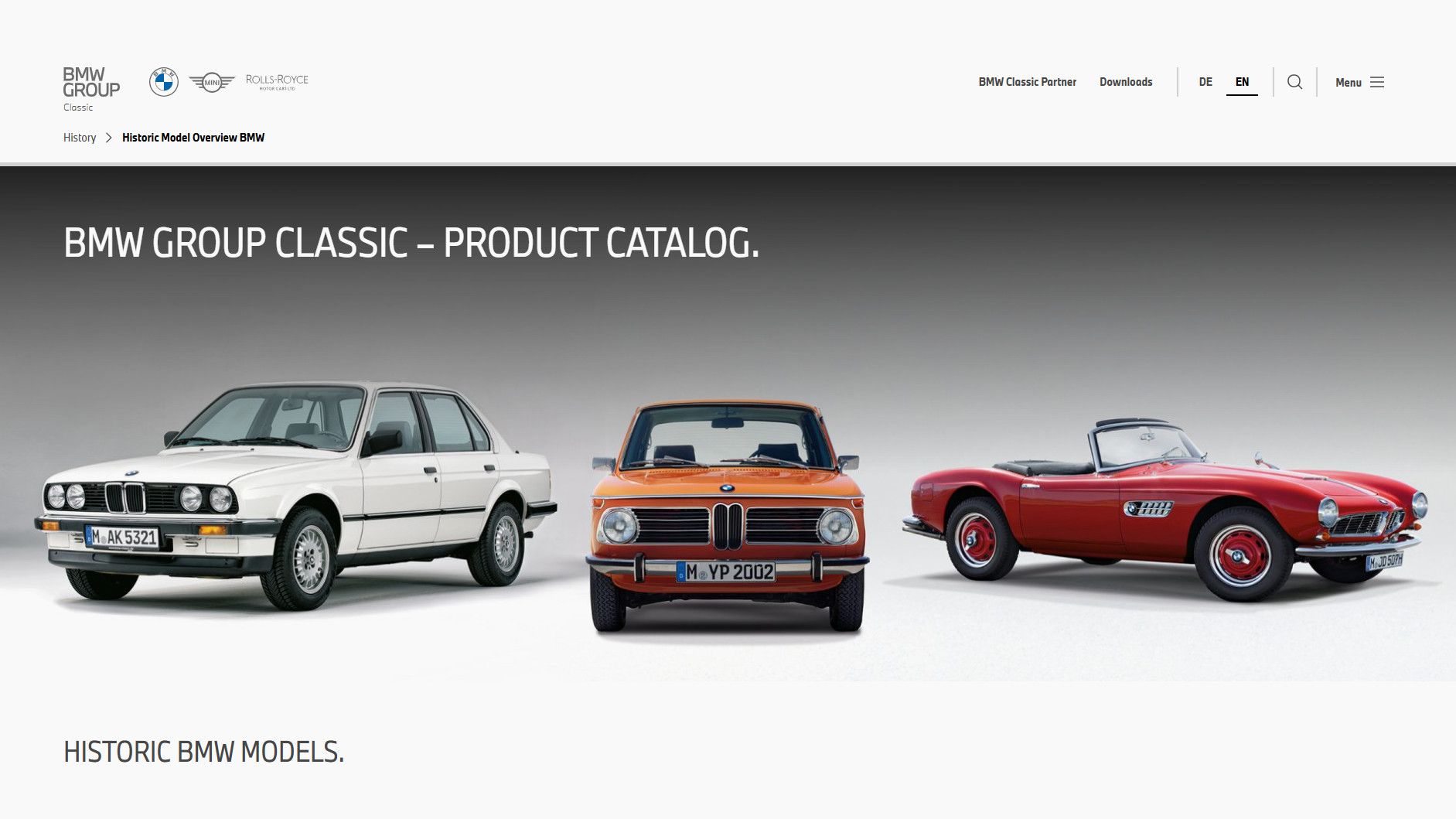 Peruse the new BMW Group Archive to explore the evolution of BMW design over the decades
Peruse the new BMW Group Archive to explore the evolution of BMW design over the decadesFor lovers of the marque, BMW’s commitment to online archiving is second to none. The latest website from the Bavarian manufacturer is this extensive visual catalogue of 80 years’ worth of BMW design
-
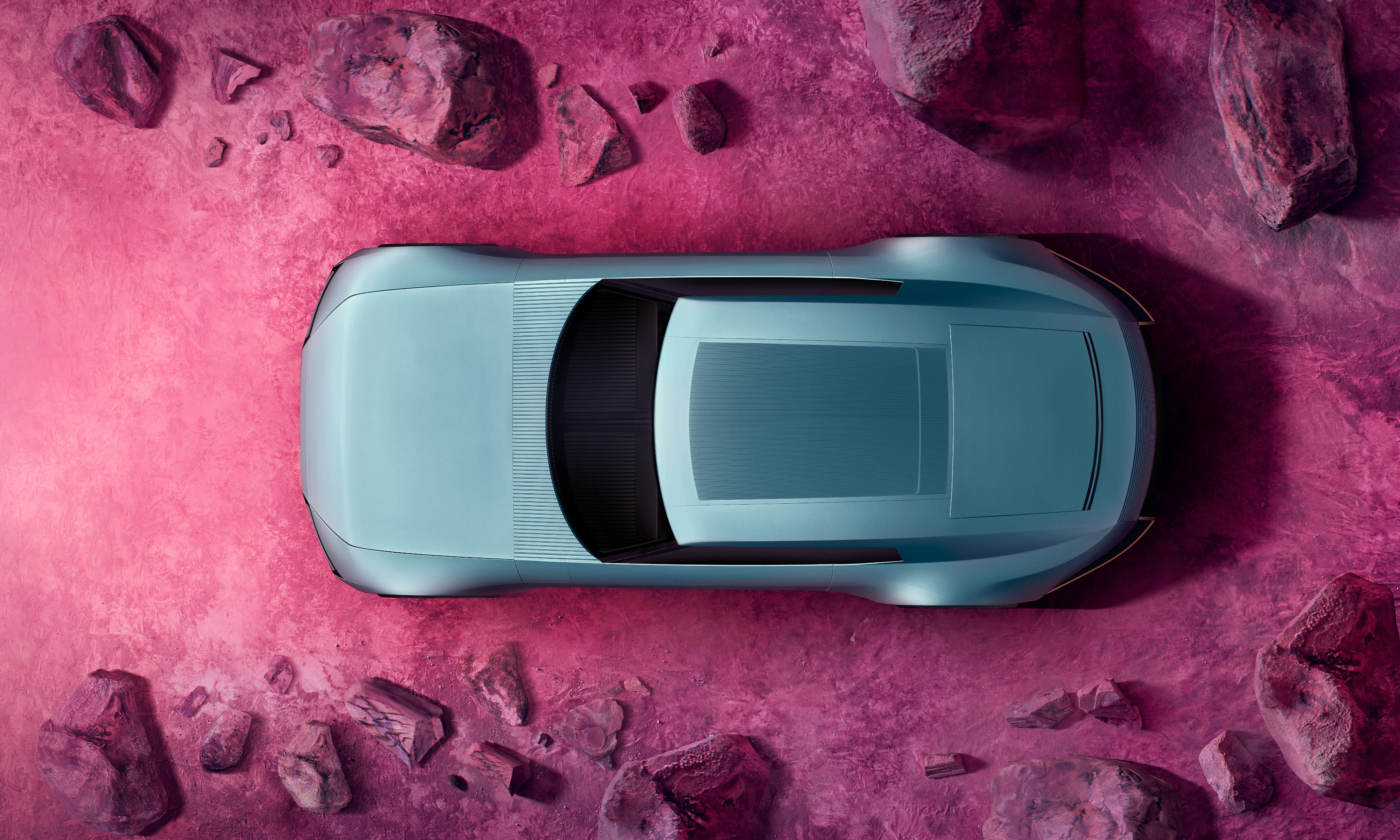 The top 10 concept cars of 2024, as selected by Wallpaper’s Transport Editor
The top 10 concept cars of 2024, as selected by Wallpaper’s Transport EditorWe round up our favourite forays into futuristic design with this collection of concepts and design studies showcasing the transport of tomorrow
-
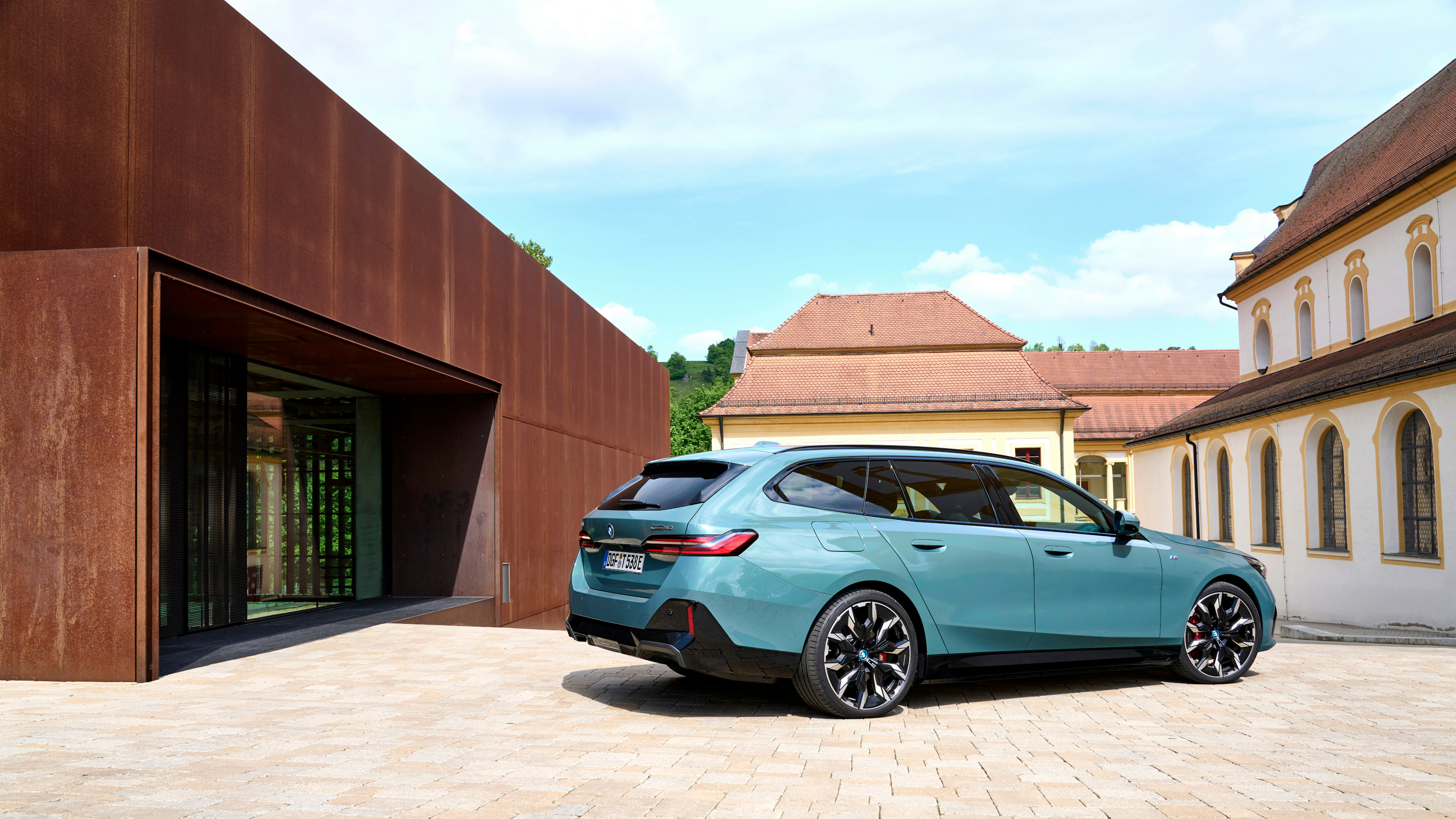 New BMW i5 Touring is an all-electric tech powerhouse that brings the noise
New BMW i5 Touring is an all-electric tech powerhouse that brings the noiseBMW has thrown its considerable expertise into making the i5 eDrive40 M Sport Pro Touring the ultimate zero-emission all-rounder. Jonathan Bell tries it out
-
 BMW’s limited-edition Skytop roadster draws on the past. Could it also predict the future?
BMW’s limited-edition Skytop roadster draws on the past. Could it also predict the future?Just 50 examples of the BMW Skytop are being built, and they’ve all been spoken for. We examine whether this classically styled machine is a harbinger of aesthetic change
-
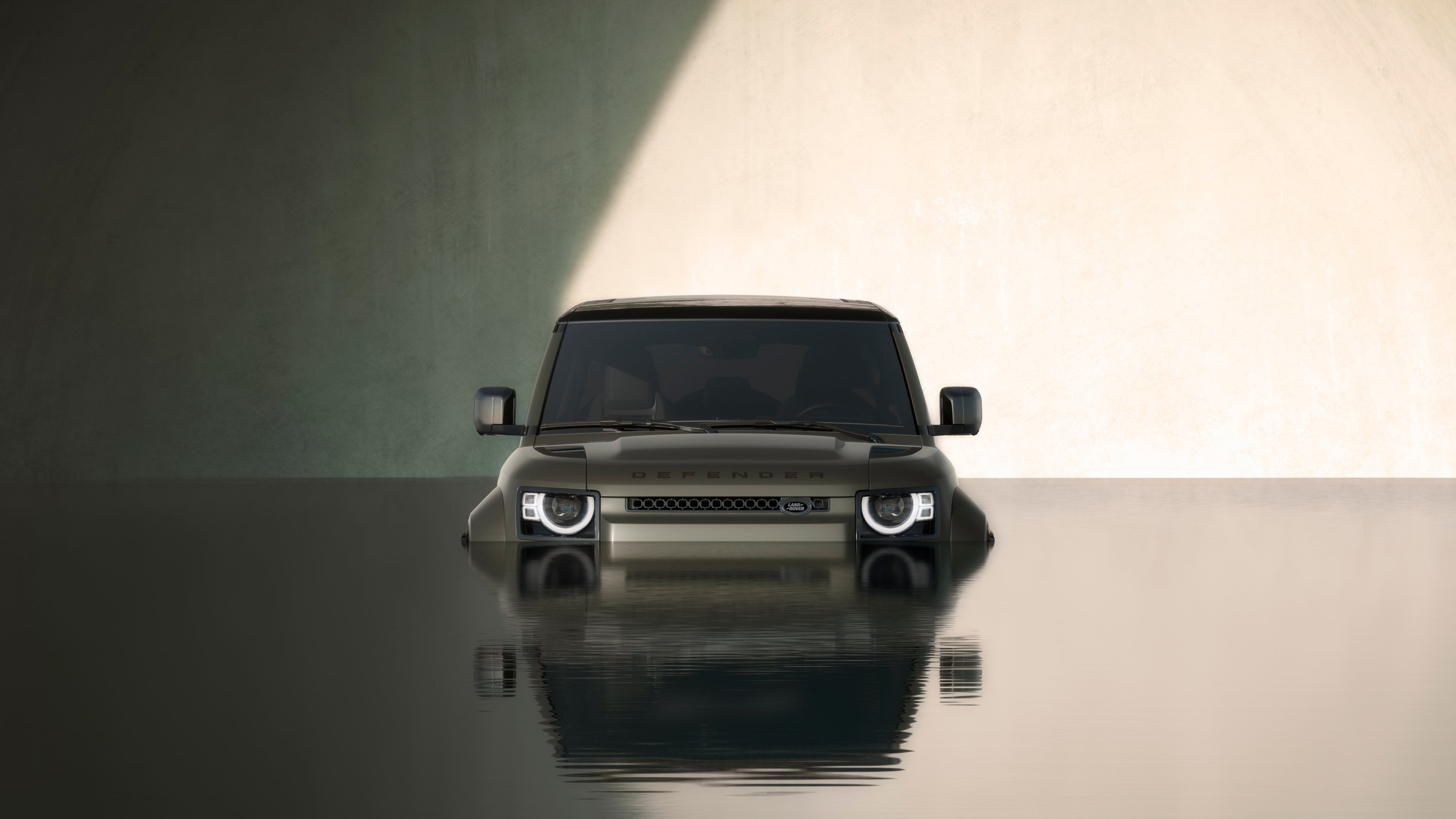 The 2024 Goodwood Festival of Speed hosted a wealth of auto innovation, from hypercars to hot hatches
The 2024 Goodwood Festival of Speed hosted a wealth of auto innovation, from hypercars to hot hatchesThe best new SUVs, EVs, hatchbacks and supercars to emerge from the 2024 Goodwood Festival of Speed
-
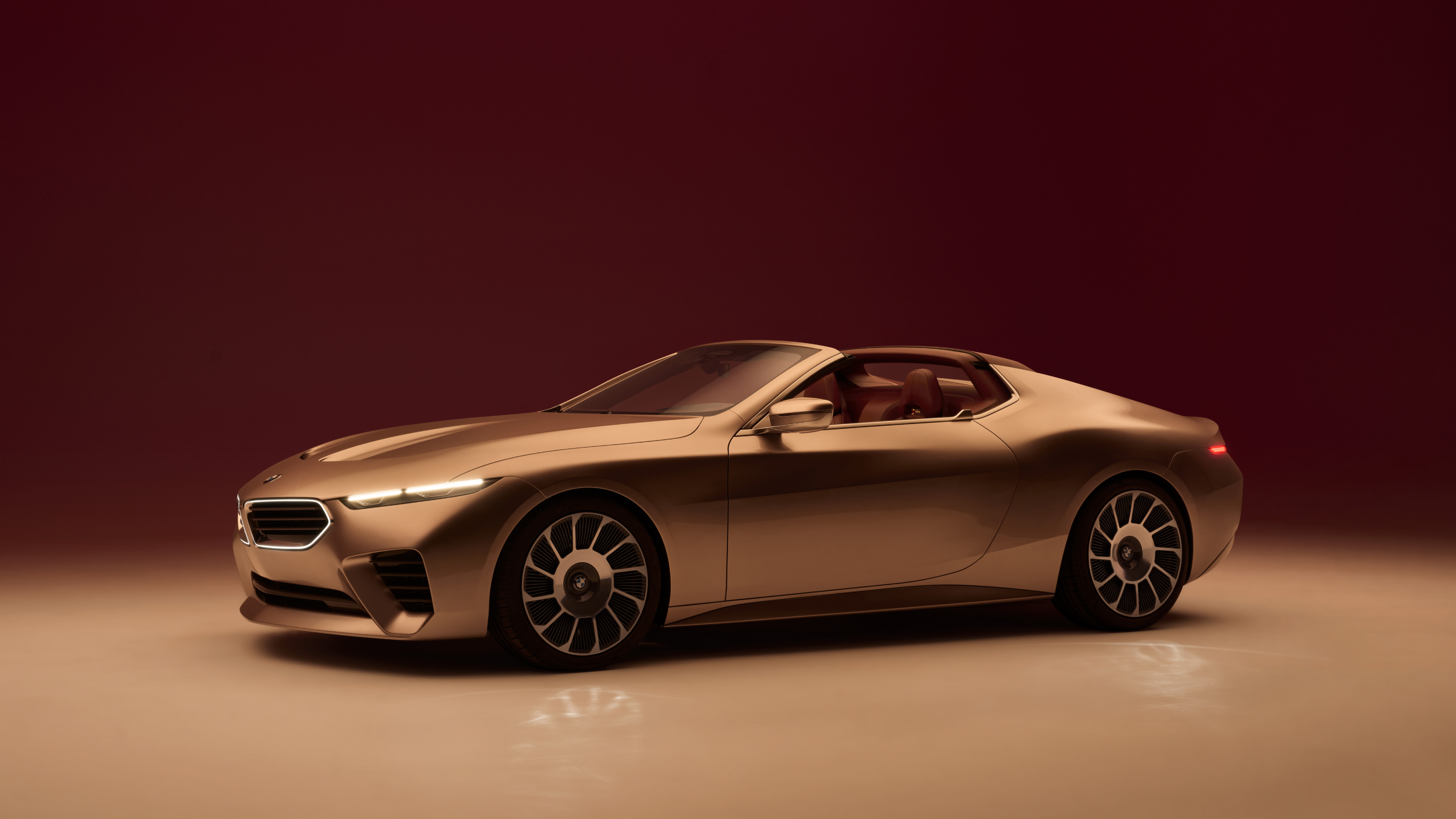 The Concept Mercedes-AMG PureSpeed and BMW Concept Skytop offer drop-top dreams
The Concept Mercedes-AMG PureSpeed and BMW Concept Skytop offer drop-top dreamsBMW and Mercedes-AMG open up with two new convertible concepts, one pitched at performance, the other at the spirit of the good life
-
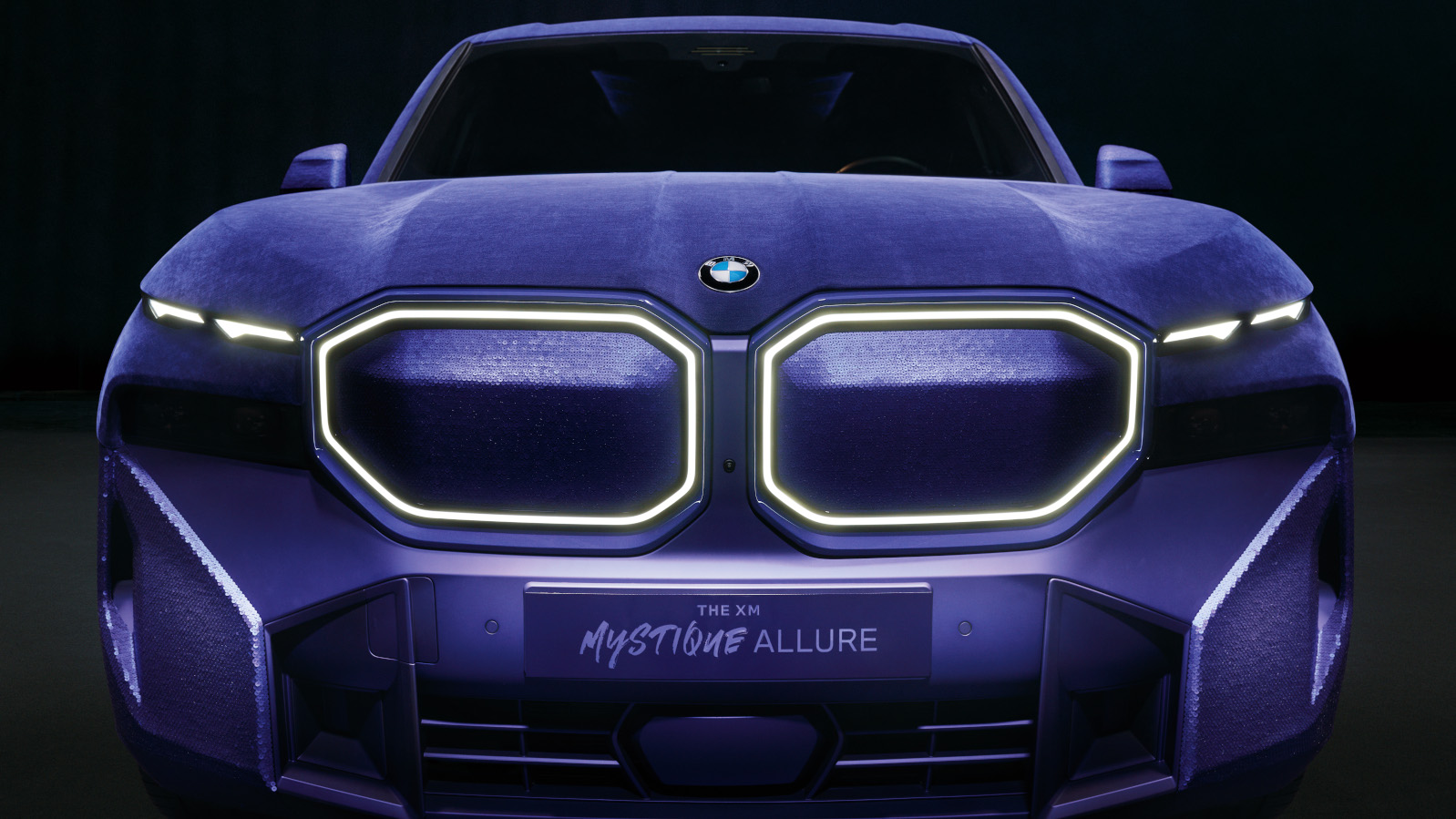 BMW launches its latest supermodel, the BMW XM Mystique Allure
BMW launches its latest supermodel, the BMW XM Mystique AllureThe haute couture-inspired BMW XM Mystique Allure, dedicated to Naomi Campbell and with a soundtrack by composer Hans Zimmer, makes its debut at Cannes International Film Festival 2024